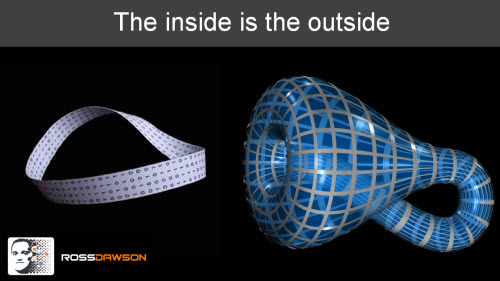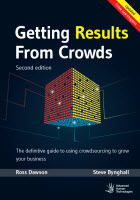The future of academic certification: universities, MOOCs, aggregators, and peer reputation
This morning I gave the opening keynote at the Virtual Universities: Impact on Accounting Education Thought Leadership forum in Adelaide, organized by the Centre of Accounting, Governance and Sustainability at University of South Australia and the Institute of Chartered Accountants Australia. The audience was an invitation-only group of the most senior accounting academics and industry practitioners in the country.
My keynote was on the broad global context for the current changes in education. After looking at major technological, social and structural changes, the future of work, and shifts in learning, I turned to the role of certification and credentials.
The rise of Massive Open Online Courses (MOOCs) has helped bring into focus that universities have to date always bundled together three things:
– Education;
– Certification; and
– Networking.
The rise of Open Courseware and more recently services such as Coursera, Udacity and edX has now broken out (part of) the education piece.
Read more →




